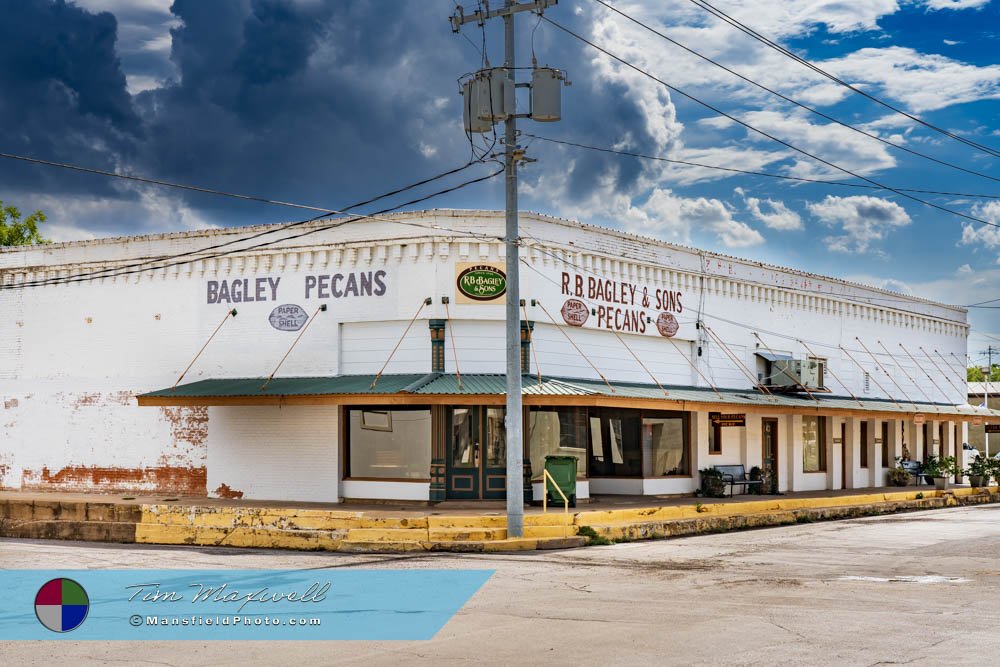Hamlin, Texas
– From Cotton Fields to Small-Town Charm.
Hamlin, Texas, may be a small dot on the map, but its history and character are as vast as the West Texas plains that surround it. Founded in 1902 and named after W. H. Hamlin, the town grew as a hub for cotton farming and ranching. Over the years, Hamlin has seen highs and lows, yet it remains a proud community with deep agricultural roots and an enduring sense of small-town pride.
Early Beginnings and How Hamlin Got Its Name
Hamlin’s origins are tied to the expansion of the railroad in West Texas. Railroad companies, in there quest to connect more regions of the state, chose the location for a new townsite in 1902. It was named after W. H. Hamlin, a railroad official of the Kansas City, Mexico and Orient Railway, who was instrumental in the development of the area. The town’s early growth was closely linked to the railroad and the rich, fertile soil that made it ideal for farming, particularly cotton.
The Cotton Boom and Economic Growth
Hamlin quickly became a hub for cotton production, which was the lifeblood of the town for many years. As cotton became king in Texas, Hamlin’s population and economy flourished. During the early 20th century, the town’s prosperity could be seen in its thriving downtown, where businesses popped up to serve the growing population of farmers and ranchers. Cotton gins, hardware stores, and other essential services lined the streets, creating a bustling commercial district.
However, like many small farming towns in Texas, Hamlin’s fortunes were closely tied to the agricultural market. The Great Depression hit the town hard, and as cotton prices fell, so did the local economy. Despite these challenges, Hamlin persevered, with its residents finding ways to adapt and keep the community alive.
Interesting Facts About Hamlin
WWII POW Camp: During World War II, Hamlin was home to a prisoner-of-war camp, where German soldiers were held. This little-known fact adds a unique chapter to the town’s history.
Agricultural Heritage: Cotton farming remains central to Hamlin’s identity. While the town has diversified its economy in recent years, agriculture continues to play a vital role.
Hamlin Today: A Quiet but Proud Community
In the 21st century, Hamlin is a quieter town, with a population of just over 2,000 people. While its downtown may not be as bustling as it once was, there are still businesses keeping the heart of the town alive. The town has seen efforts to preserve its history while adapting to modern times. Several historic buildings remain, offering a glimpse into Hamlin’s past.
Conclusion
Hamlin, Texas, may not be the booming cotton town it once was, but its history, traditions, and sense of community remain strong. From its early days as a railroad town to its legacy as a center for cotton farming, Hamlin has weathered the storms of time with grace. Today, it stands as a proud testament to the enduring spirit of small-town Texas, where history is honored, and the future is built on the values of hard work and resilience. Hamlin is a town that invites you to pause and appreciate the rich tapestry of its past and present.
Small Town Texas in Photos
250+ Texas Towns, 3000+ Images and Counting!














